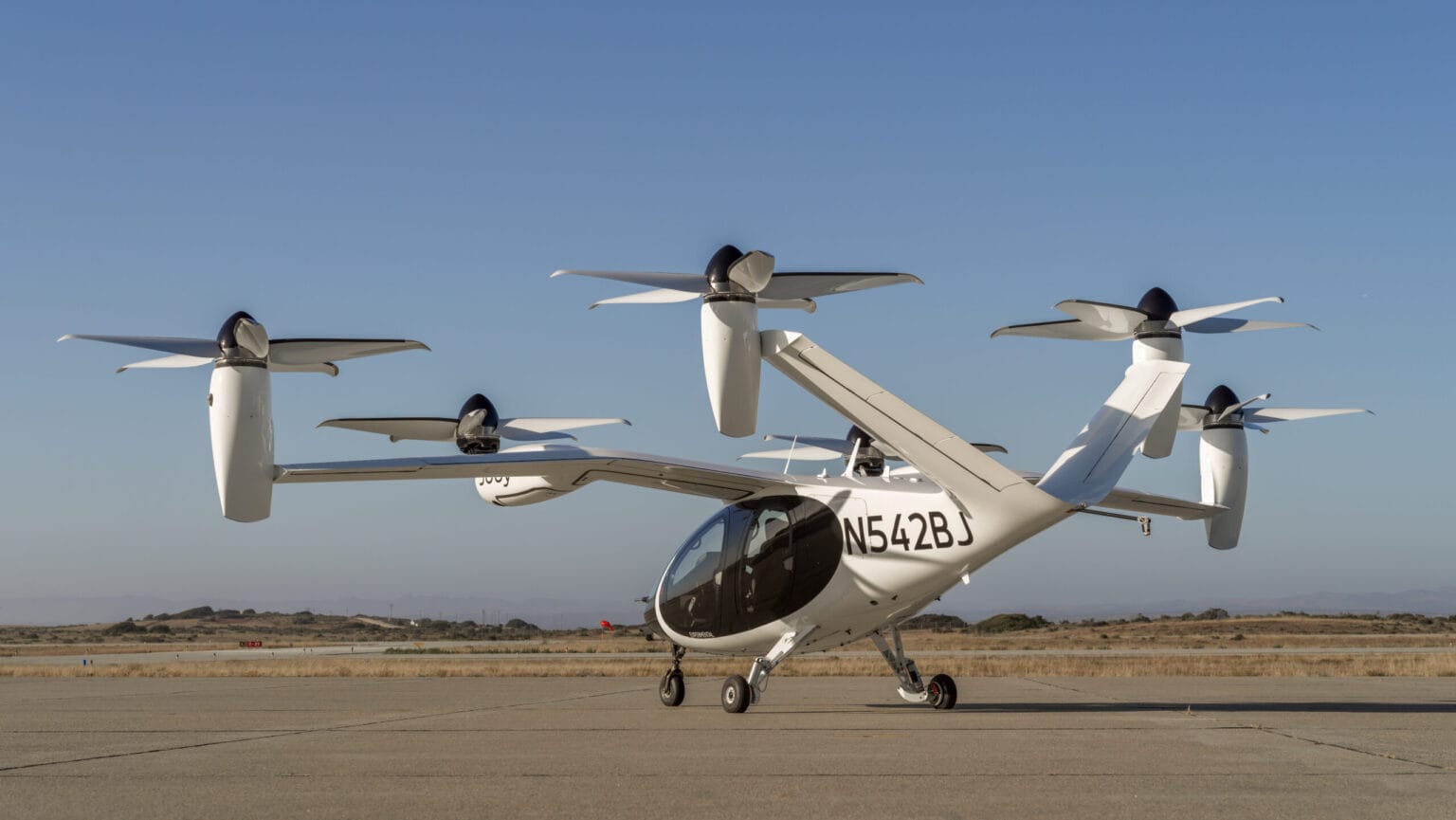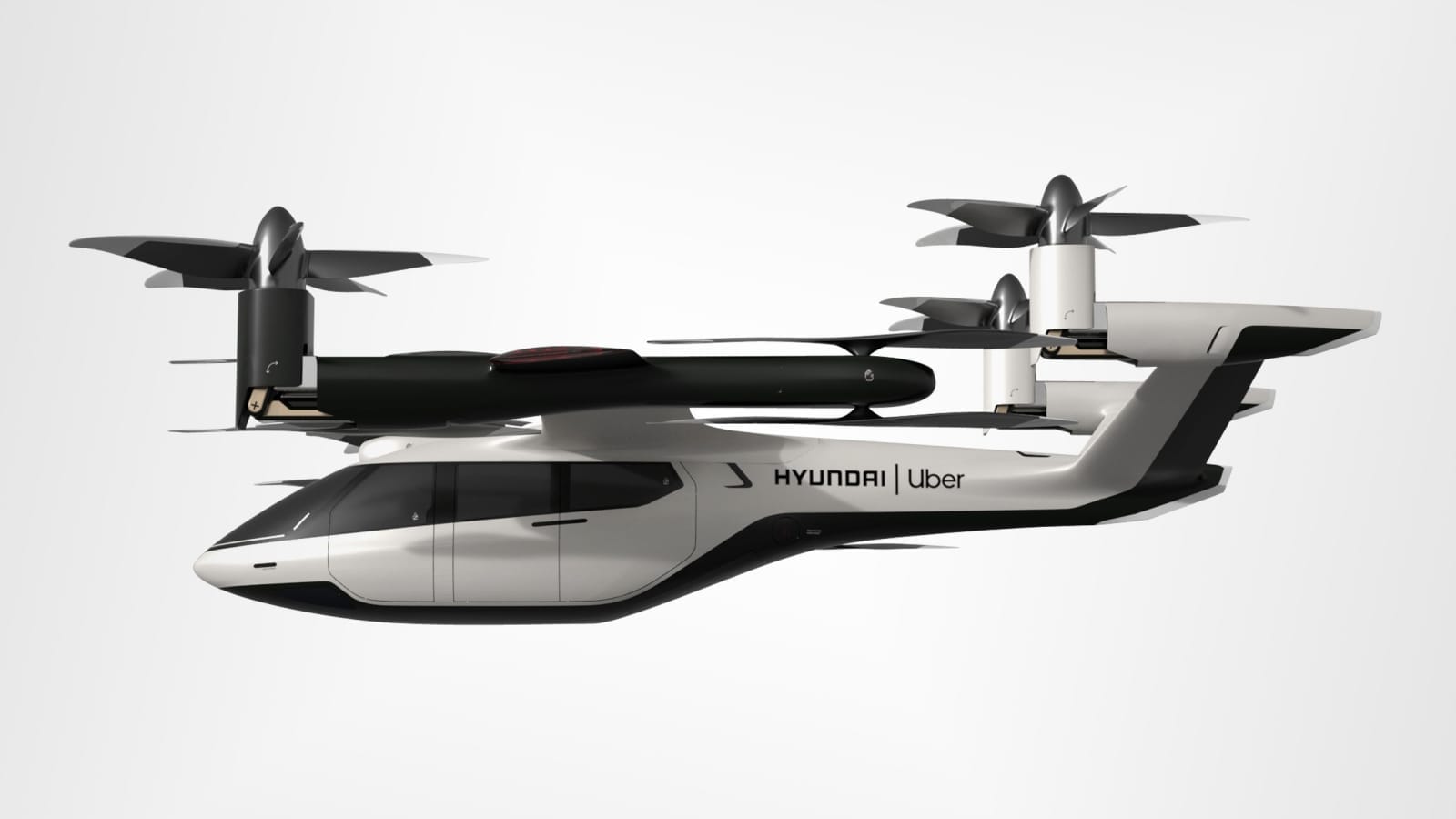
Flying cars have long been a symbol of futuristic cities and imaginative storytelling. Today, they are transitioning from fiction to reality, with advances in urban air mobility (UAM) promising to reshape transportation. This article delves into the exciting world of flying cars, exploring their origins, potential applications, current developments, and the future challenges that lie ahead.
What Are
Flying Cars and Urban Air Mobility?

Flying cars:
as the name suggests, are vehicles capable of traveling both on the ground and in the air. These vehicles typically use advanced technologies like electric vertical takeoff and landing (eVTOL) systems, autonomous navigation, and electric propulsion to enable seamless transition between driving and flying.
Urban air mobility (UAM):
on the other hand, refers to the broader ecosystem that flying cars will be a part of. UAM envisions using flying cars and drones for transportation in urban environments to reduce traffic congestion, improve logistics, and enhance the efficiency of moving people and goods. The concept focuses on making urban travel faster, greener, and more accessible, leveraging airspace for short-range, city-to-city or within-city transportation.

The History of Flying Cars

The idea of flying cars isn’t new. Early prototypes date back to the early 20th century when inventors sought to merge automobiles with aircraft. In 1917, Glenn Curtiss, an aviation pioneer, unveiled his “Autoplane,” a car with detachable wings. Though it never truly flew, it was the first serious attempt at a flying car.
The post-World War II era saw several other experiments, such as the Convair Model 118 and the Aerocar. While these projects demonstrated that cars could fly, they never made it to mass production, mostly due to technical limitations and regulatory challenges. However, recent advances in electric propulsion, lightweight materials, and autonomous technology have rekindled interest in the concept, making flying cars a more practical possibility today.

Usages of
Flying Cars and UAM
Flying cars, within the UAM framework, could revolutionize various sectors:
- Air Taxis:
Perhaps the most widely anticipated application of UAM is air taxi services. Companies are developing autonomous eVTOL(electric vertical takeoff and landing) vehicles to transport passengers across congested urban areas, reducing travel times and avoiding road traffic altogether. - Emergency Response:
Flying cars could greatly enhance emergency response services, allowing paramedics, firefighters, or law enforcement to reach accident sites much faster than traditional vehicles. - Goods Delivery:
E-commerce and logistics companies could use UAM for last-mile deliveries, improving speed and efficiency, especially in crowded urban environments. - Commuter Travel:
Flying cars could eventually serve everyday commuters, drastically reducing the time spent traveling between home and work, especially in large metropolitan areas.
Benefits of
Flying Cars and UAM
- Reduced Traffic Congestion:
Flying cars have the potential to ease urban congestion by opening up the skies for travel, reducing the burden on ground infrastructure. - Faster Commutes:
By taking to the air, travel times could be significantly cut down, as vehicles can travel directly from point to point without being hindered by road traffic or obstacles. - Environmental Impact:
Many flying car designs are electric, which could help reduce carbon emissions, especially when powered by renewable energy sources. This shift towards green energy could have a positive environmental impact overtraditional vehicles that rely on fossil fuels. - Enhanced Connectivity:
UAM systems could connect remote areas, improving access to healthcare, education, and job opportunities for people living in less accessible regions.
Recent Developments from Companies
Several companies are at the forefront of flying car and UAM development. Some of the key players include:
- Joby Aviation:
One of the leaders in the air taxi space, Joby has developed an all-electric eVTOL aircraft with a range of over 150 miles and a cruising speed of 200 mph. They aim to launch their service in 2025.(https://www.jobyaviation.com/) - Lilium:
A German company working on a seven-seat eVTOL jet, capable of traveling up to 186 miles. Their design focuses on electric propulsion and vertical takeoff (eVTOL), making it suitable for urban environments.(https://lilium.com/) - Volocopter:
Known for its helicopter-style design, Volocopter is focused on providing air taxi services for short distances within cities. Their two-seater eVTOL has already been tested in urban environments.(https://www.volocopter.com/en) - Hyundai and Uber Elevate:
Hyundai has partnered with Uber to create an electric flying taxi concept, designed to operate in highly congested areas. They aim to create a scalable and affordable UAM service.
These companies, along with others like Airbus, Archer Aviation, and Vertical Aerospace, are racing to make UAM a reality, with trials and prototypes already underway in cities around the world.

Challenges Facing
Flying Cars and UAM
- Regulation and Air Traffic Control:
Perhaps the most significant challenge is developing a regulatory framework that ensures the safe integration of flying cars into urban airspace. Governments and aviation authorities, such as the FAA in the U.S. and EASA in Europe, are working on regulations, but it will take time to adapt existing air traffic control systems to accommodate this new mode of travel. - Infrastructure Requirements:
UAM will require new infrastructure, such as vertiports for takeoff and landing, charging stations for electric vehicles, and specialized airspace corridors. Building this infrastructure in densely populated areas poses logistical and financial challenges. - Safety Concerns:
Ensuring the safety of passengers and people on the ground is a priority. Autonomous flight systems need to be highly reliable, and companies must prove that their vehicles can handle a wide range of scenarios, including adverse weather and mechanical failures. - Affordability and Accessibility:
Initially, flying cars will likely be expensive, both to build and to use, limiting their accessibility to a small segment of the population. However, as the technology matures and economies of scale come into play, costs should decrease, making UAM more affordable to the general public.
The Future
The future of flying cars and UAM holds immense promise. Cities of the future could see a seamless integration of air and ground transportation, where commuters can switch between flying and driving modes as easily as we take taxis or buses today. This new era of transportation could reshape how cities are planned and how we move around.
Moreover, as technology evolves, we may see advancements in battery life, autonomous navigation, and 5G connectivity, which will further enhance the capabilities of flying cars. With continued research and development, flying cars could become a sustainable, efficient, and widely accessible transportation solution.
Conclusion
Flying cars and urban air mobility are no longer just a vision of the future. With technological advancements and the efforts of leading companies, we are on the brink of a transportation revolution. While challenges remain in regulation, infrastructure, and safety, the progress made so far suggests that flying cars will soon be part of our daily lives. As urban centers continue to grow, UAM offers an exciting solution to the complex challenges of modern transportation, promising a faster, greener, and more connected world.





